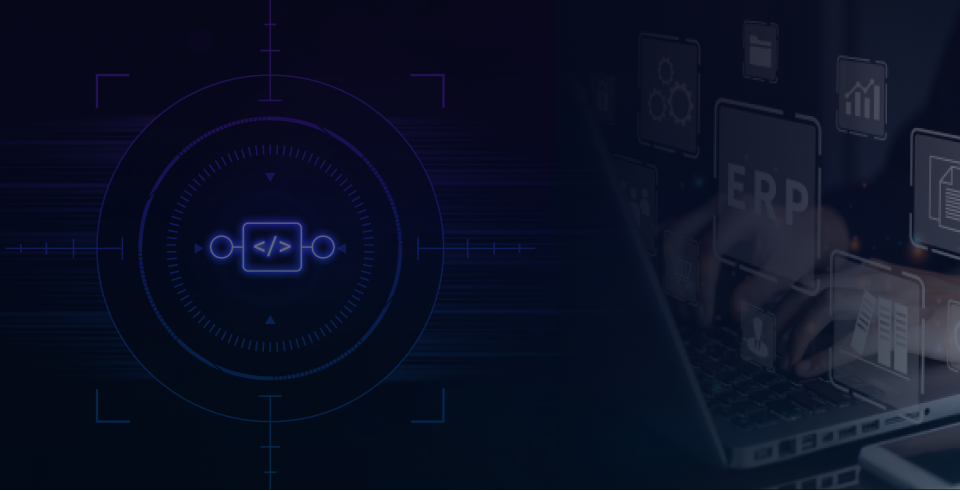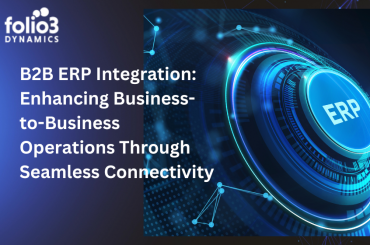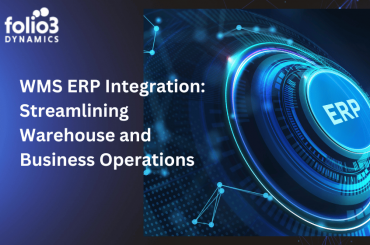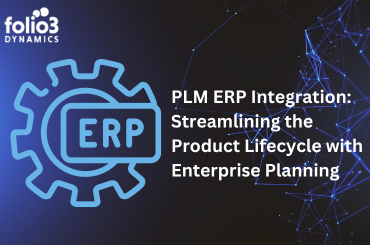Table of Contents
ERP upgrade programs are typically considered non-strategic initiatives that must be kept up in order for their ERP vendor to support them. These projects may overburden the company with expenses, resources, and hazards that it would rather avoid.
Upgrades, on the other hand, don’t have to be the nuisance that they regularly are or that reluctant managers frequently expect them to be. There are several opportunities to accelerate the ERP upgrading process, which increases productivity and, ultimately, the bottom line.
Well-planned ERP upgrades, which are one of the most critical initiatives in the ERP software lifecycle, considerably help an organization’s continuous business process improvement. Because the update project would consume a significant amount of resources, it is critical that businesses fully comprehend it and succeed throughout these projects because it is such an important component of ERP administration.
Here are 9 aspects to consider when planning:
1. There are significant opportunities and upgrade challenges
Irrespective of the ERP version you are using, you will need to upgrade at some point. Upgrade projects are typically seen as non-strategic endeavors that must be kept up to date in order to receive assistance from your ERP vendor. These projects may overburden the company with expenses, resources, and hazards that it would rather avoid. Despite the difficulties, there may be various opportunities to simplify the updating procedure, resulting in efficiencies in some areas and thereby improving your bottom line. There are numerous things you can do before upgrading to prepare your organization, future project team, and yourself for a seamless transition to an updated project.
2. Create an ERP checklist of licensed vs. used modules.
For many businesses, the first installation was quick, and not all of the licensed modules were used. Before upgrading, make a list of the ERP modules that your organization is permitted to use. Examine the specific roles of the underutilized modules to see if a customized ERP upgrade benefits your company.
3. Examine current business operations and procedures
For many businesses, the early acceptance was swift. The possibility is that not all software functionalities were correctly implemented, resulting in the system being underutilized. Furthermore, some of the capabilities in use may not be working effectively, or the business procedures may be cumbersome. Speak with the user community to discover areas of concern well in advance of an upgrade.
4. Revise policies, procedures, and documents
After a program has been in use for a while, business processes inevitably alter. The documentation for these modifications is either missing or out of date. The documentation should be compared to an evaluation of the business processes of an organization, and any necessary adjustments should be examined.
5. Investigate processes
The workflows that are currently in place have most likely been operational since the application went live. Checking to see if the workflows meet business and audit needs should be done as soon as possible. They may necessitate changes or a complete overhaul. Check to determine if the enhancements in the most recent release will affect the present workflows.
6. Inspect documents and reports
Are the reports and formats now offered in ERP systems satisfactory to users? Are the reports received by upper management satisfactory? An inventory of reports and forms should be done to establish how many reports or forms are generated. Consider the following questions as well:
- What is the frequency of reporting forms?
- Who receives it?
- Do they use it?
- Is it possible to get rid of it?
- Is the information in the report adequate as it is?
- Is there anything that needs to be changed?
- Is the report delivered automatically?
7. Put together a capable project team.
A good project team consists of project managers, senior functional representatives for each significant module or area that is being improved, and senior IT resources to support the technical effort. Before beginning the update project, identify potential project team members. Choose team members that are motivated to participate, have the essential skills, and will work well together.
8. Execute resource allocation
What tools do you have to work on the upgrade project? Which resources are available on a part-time basis and which can be devoted? Is there anything else that should be considered that might have an impact on the prospective resources (such as year-end)? This is significant since it will affect project planning, project charter, and timelines.
9. Develop an execution strategy with executive support.
To meet the company’s goals, align the organization’s goals and objectives with those of the upgrade. To gain executive backing, create a compelling business case. Create the project charter for the enhancement. This is your final upgrade scheme, and it includes the following elements:
- The objectives of a project
- Scope
- Timeline
- A strategy for dealing with change
- Construction strategy tasks and project responsibilities
- A thorough project strategy
- Budget
Folio3 leads organizations through a set of critical processes inspired by industry best practices in order to prepare them for an ERP update, which is more than simply an IT project but also a business transformation process.





